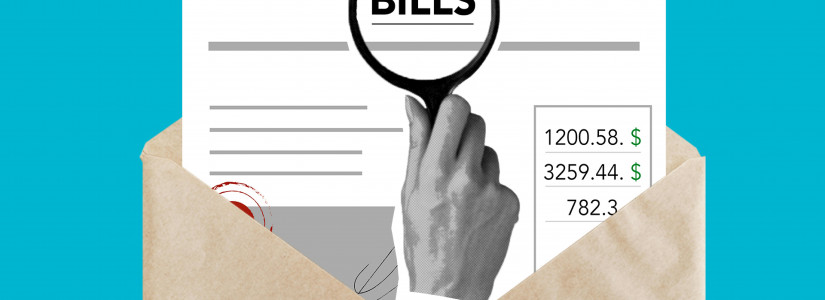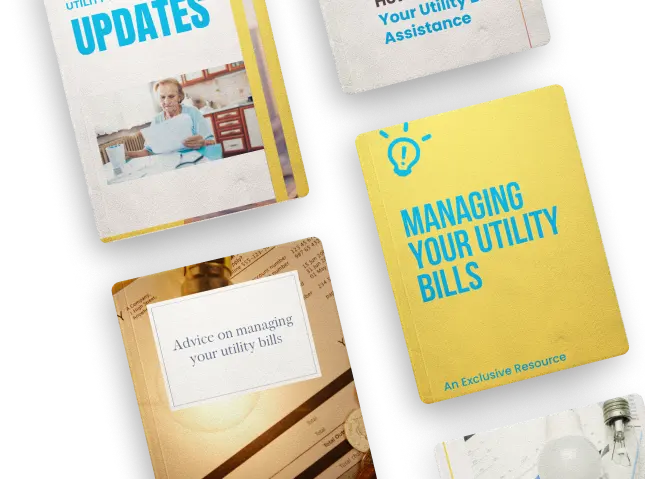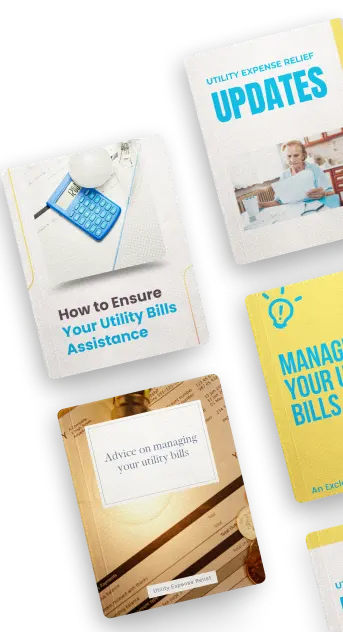FAFSA Changes: What Students and Parents Need to Know
The Free Application for Federal Student Aid or FAFSA is getting a major makeover for the 2024-2025 school year.
The updates aim to simplify the often complicated financial aid process and make college more accessible and affordable for millions of students. However, with any big change comes uncertainty and questions.
Here's what students and parents should understand about the new FAFSA.
The most significant changes are a shorter, streamlined form and the ability to automatically import tax data from the IRS.
The new FAFSA will have just 36 questions, down from over 100 on the current form. It focuses on the most essential information to determine aid eligibility like income, family size, and dependency status.
Applicants will find the form less tedious and time-consuming to complete.
The IRS Data Retrieval Tool allows applicants to securely transfer tax return information into the FAFSA. This eliminates the need to dig out tax returns or manually enter figures. The data transfer is accurate and helps avoid errors that could delay aid.
Another big shift is the timeline. The FAFSA will open on October 1 instead of January 1, giving families an extra three months to submit the form and evaluate aid offers.
Meeting early deadlines for state and school aid is especially important. Students should check with colleges they're interested in to ensure they don't miss out on any opportunities.
While more students will qualify for need-based aid, funding is limited. Families should file the FAFSA as early as possible to maximize their options.
They should also do research on the types and amounts of aid available at different schools to make informed choices about where to apply and enroll.
The FAFSA changes aim to make the aid process more accessible, but that doesn't mean applicants can be less engaged or strategic.
With extra time and a simplified form comes the responsibility to be proactive, informed consumers of the college aid process.
Start planning now to take full advantage of the new FAFSA.












